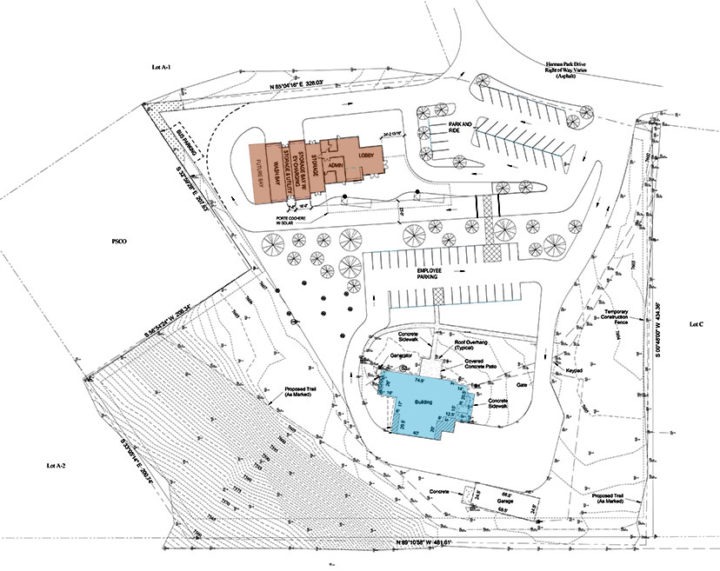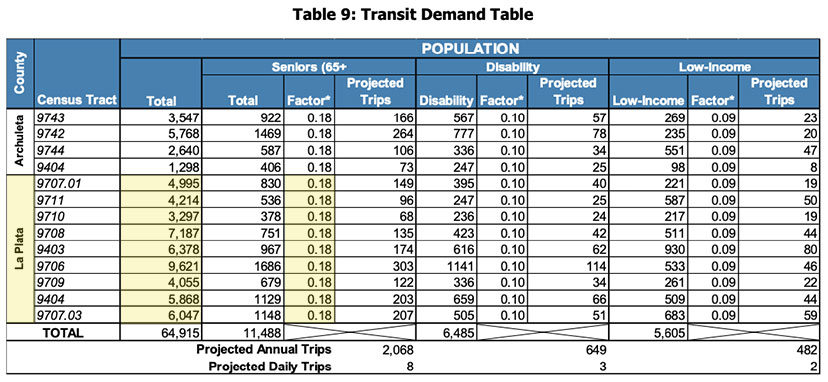A number of interesting situations have presented themselves, in Archuleta County, as the 2021 year comes to an end. We’ve touched briefly, in this editorial series, on the report from the Health District Investigative Committee, delivered to the Board of County Commissioners on December 21 — following four months of meetings and research — with its conclusion being, ‘We are unable to make a recommendation to the BOCC, other than, more study is needed.’ The most informative document shared in that presentation was the ‘six counties’ comparison chart assembled by the committee, which you can download here.
We also mentioned the 2-to-1 vote by the BOCC to hire former Undersheriff Derek Woodman, a person with zero experience as a county manager, to be our new county manager.
Mr. Woodman is one of the people named in a December 4 civil complaint in US District Court, allegedly involved in a fraudulent “Amber Alert” scheme that caused the arrest of a seemingly innocent father.
We’ve also shared some of the text from that December 4 complaint, which names, as defendants, Archuleta County Sheriff Rich Valdez and several current and former members of his staff. The complaint details one side of a rather unpleasant story; we have not yet heard the ‘other side of the story.’
A few days after that complaint was filed, Sheriff Valdez announced that he would not be running for re-election.
Other interesting situations have been unfolding in Archuleta County, and some are not nearly as controversial as the ones mentioned above. At the December 21 BOCC work session, for example, the commissioners had a chance to view some draft drawings of a proposed Archuleta County transit facility, as part of a $3 million plan to expand the community’s transit system.
As currently sketched out, the transit facility would be located just north of the former Fred Harman Art Museum in Harman Park. The former Harman home-slash-museum — tucked among some tall pine trees just west of the new $16 million County Detention Center and the new $6 million County Courthouse — was purchased by the County government in 2019 and has now been converted into the Sheriff’s Office and Dispatch Center.
Here is “Option 1” — a conceptual sketch of a possible transit facility.
About 4,100 square feet, including a lobby, restrooms, offices, break room, storage for bikes and skis and so forth, a ‘wash bay’ and a ‘storage bay’ capable of housing up to four buses, out of the weather.
The proposed transit facility is colored brown in the drawing below. The existing Sheriff’s Office is colored blue. The new Courthouse is to the right (east) of the proposed development. The entrance to Harman Park, off Highway 160, is at the top (north).
This version includes about 62 parking spaces — about half at the bus facility, and the other half located in front of the Sheriff’s Office.

The BOCC also saw another option, which would include a road leading from Harman Park, down a steep hill, to connect someday with the Aspen Village subdivision.
As County Transportation Coordinator Laura Vanoni described the two options, she mentioned her desire to save as many of the mature Ponderosa pines as possible.
The new facility would be funded largely through a $1.8 million federal grant accepted by the Colorado Department of Transportation on behalf of Archuleta County. From an announcement posted by the Federal Transit Administration:
Archuleta County will receive approximately $1.8 million to build a bus center and buy a larger, ADA-compliant van to provide more reliable and efficient transit options for a growing ridership.
Mountain Express Transit plans to expand its daily bus service by adding trips from Pagosa Springs to Durango, where riders can access jobs, healthcare and other vital services.
The transit facility appears to be part of a 5-year, $3 million expansion project which was described (and encouraged) in a 51-page transportation study written by transit consultant Michael Koch and shared with the BOCC last summer. You can read more about the planned expansion in this Daily Post editorial from last June. In that editorial, I noted that Michael Koch does not live in Pagosa Springs… and has never lived in Pagosa Springs, as far as I know.
I’ve often complained, in these pages, about local governments bringing in consultants from the Front Range, and paying them top dollar to demonstrate how little they understand about our community.
During a conversation with Transportation Coordinator Laura Vanoni last summer, I mentioned one of the numerous charts that Mr. Koch had included in his report. The chart supposedly illustrates the number of people who would be likely to ride a public transit bus between Pagosa Springs and Durango, if one were available. Specifically, Mr. Koch is referring to “Seniors”, “Disabled” and “Low-income” residents — the type of folks that public transit typically serves.
The folks who might justify a $3 million transit expansion project, in other words.
I was concerned about the accuracy of these estimates. In his report, Mr. Koch asserted that a bus traveling to and from Durango, three times a day, five days a week, would serve about “3,198” rides. I wondered where the number “3,198” had come from? Apparently, it comes from this chart.
Mr. Koch believes 2,068 of the rides would be seniors, 649 rides would be folks with disabilities, and 482 rides would be low-income residents. I assume these demographic proportions are pulled from studies of transit systems in other communities? (Big cities, perhaps?)
At the top of the chart, Mr. Koch showed the calculations for our four Archuleta County census tracts, by multiplying the existing population by “Factors”. The estimate is that “609” seniors, for example, would ride the Pagosa-Durango bus annually. That sounds, to me, like a reasonable number. (Admitting that I know very little about public transit operations.)
The nine rows at the bottom of the chart are people living in La Plata County, multiplied by the same “Factors”. Mr. Koch estimates that about 52,000 people living in La Plata County would have access to this new intercity bus route, and that a certain percentage would fall into the “transit dependent” populations… and some of those transit dependent Durango residents would want to ride the bus to Pagosa Springs.
Mr. Koch estimates here that about “1,459” seniors from La Plata County would use a Pagosa-Durango bus each year, using the same “Factor” to multiply the subject populations. In other words, more than twice as many transit-dependent folks would be traveling from Durango to Pagosa, as were headed in the opposite direction, from Pagosa to Durango.
I imagine there are many reasons why seniors, disabled folks, and low-income residents would want to travel from Pagosa to Durango, and would be delighted to have a regular bus route available. Mercy Regional Medical Center, for one. Other medical specialists. A wide range of businesses and services that don’t exist in Pagosa.
There is, however, almost no reason why a senior, disabled person, or low-income resident living in Durango would want to travel to Pagosa on a bus. Yes, tourists absolutely love Pagosa. But is there anything here, that isn’t available to a ‘transit-dependent resident’ — closer at hand — in Durango? I really don’t think there is.
For some reason, however, Mr. Koch, in his demand estimates, used exactly the same “Factor” to calculate the ridership coming from La Plata County to Archuleta County. I suspect the reason is a lack of familiarity with the real world. I shared my concern with Ms. Vanoni last summer, and she said she could see my point, and said she would reach out to Mr. Koch to discuss the issue.
At the December 21 presentation to the BOCC, Ms. Vanoni mentioned a “$3 million” project. Could this be the same proposal that made so little (apparent) sense last summer?
Perhaps Ms. Vanoni never had a chance to discuss Mr. Koch’s estimates.




